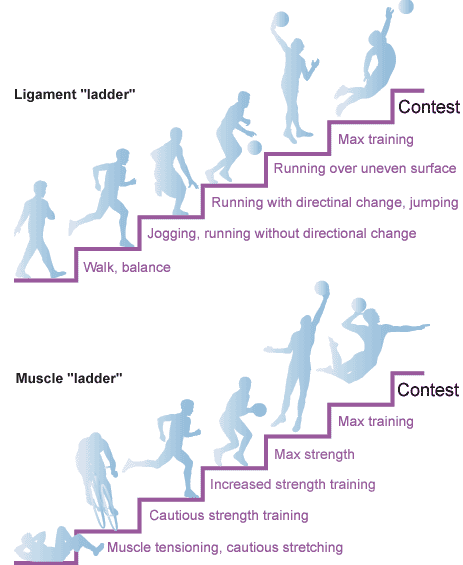TRAINING OF CHILDREN AND ADOLESCENTS IN GENERAL
| There is an increasing tendency for young athletes to take part in intensive training programs and challenging competition sport – all putting great demands on the body’s physique. In this connection, it is very important that the trainer (and parents) set up realistic goals and limitations so that the youngster’s natural physical and psychological development is not affected in a negative way.
A child’s ability to train is altered dramatically when reaching puberty, and is predominantly hormone conditional. The child’s natural stages of development must be respected, and it is important to be constantly aware of symptoms from the body that may indicate that the limit of the child’s performance has been overstepped. It is more important to find the right balance between the load and stress the body is subjected to, in relation to the strength of the body’s structures (muscles, tendons, bones), and all training must be performed within the pain threshold (tenderness, swelling, reduced ability). It is therefore necessary to reduce the intensity of the training if pain is experienced during training, or in the evening or day following the training. It is similarly important that the training is gradually stepped up without large jumps in the intensity of the training, to enable the body to adjust to the new load. |
||||||||||||||||||||||||||||||||||||||||||
|
|

